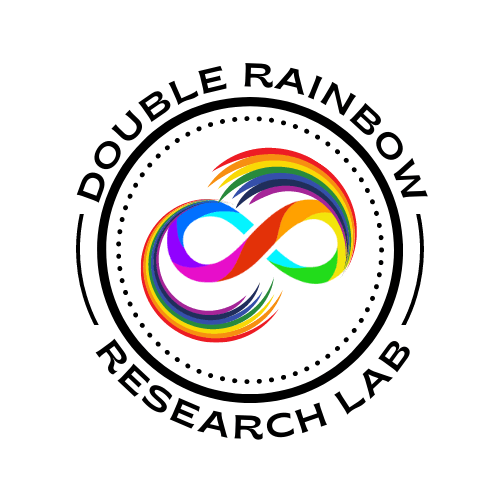Resources for the Community
At Double Rainbow Lab, we are driven by a strong passion to promote equality, respect, and diversity not only within the scientific realm but also in society as a whole. Our ultimate goal is to connect research, practice, and advocacy, and leverage these to bring about a significant and positive change in the lives of the people we work with. Our focus is on serving the LGBTQ+, autism, and LGBTQ+ autistic communities, and we are committed to making a meaningful impact in their lives.
The Association for Autism and Neurodiversity (AANE)
The Association for Autism and Neurodiversity (AANE) provides individuals, families, and professionals with information, education, community, support, and advocacy.
AANE's online support groups and discussion forums are an opportunity to connect, share common experiences, and learn about valuable resources. Discussion forums are free and many support groups are also free.
BLOG POST: Gender Identity and Autism: Strategies for Supporting Autistic Transgender, Nonbinary, and Gender Diverse Individuals
The blog post discusses the co-occurrence of autism and gender diversity, emphasizing the need for professionals to support autistic transgender/nonbinary individuals. Key points include:
- Interrogate assumptions about gender, challenge biases, and use inclusive language.
- Find a balance between acknowledging identity and focusing on other needs.
- Listen to autistic gender diverse individuals, respect their language and privacy.
- Work alongside communities to challenge oppressive systems.
- Prioritize self-education and seek resources centered on autistic transgender individuals
BLOG POST: Gender Affirming Care for Autistic Transgender, Nonbinary, and Gender Diverse Individuals
The passage discusses the impact of anti-trans bills on transgender, nonbinary, and gender diverse (TNG) individuals, particularly those who are autistic. It highlights the barriers they face in accessing gender affirming care and the need for providers to adapt their approach to support them. The post also encourages providers to challenge anti-LGBTQ rhetoric, partner with advocacy organizations, and create a safe space for autistic TNG individuals.
BLOG POST: Making pride more inclusive means creating space for 2SLGBTQ+ people with disabilities
The blog post discusses how Pride month celebrates queer people but disabled individuals still struggle for visibility. Queer disabled people, especially those with invisible disabilities, face the decision of whether to come out due to stereotypes. Mainstream queer spaces are often inaccessible and unwelcoming to disabled individuals. They may hide their disability to avoid negative responses. Disabled communities may lack support for 2SLGTBQ+ people and experience more homophobia. Disabled queer individuals feel like outsiders in queer spaces and events are often inaccessible. Representation and inclusivity are lacking. Creating accessible spaces involves more than physical accommodations. Solidarity and proactive efforts are needed to educate and welcome disabled individuals.

